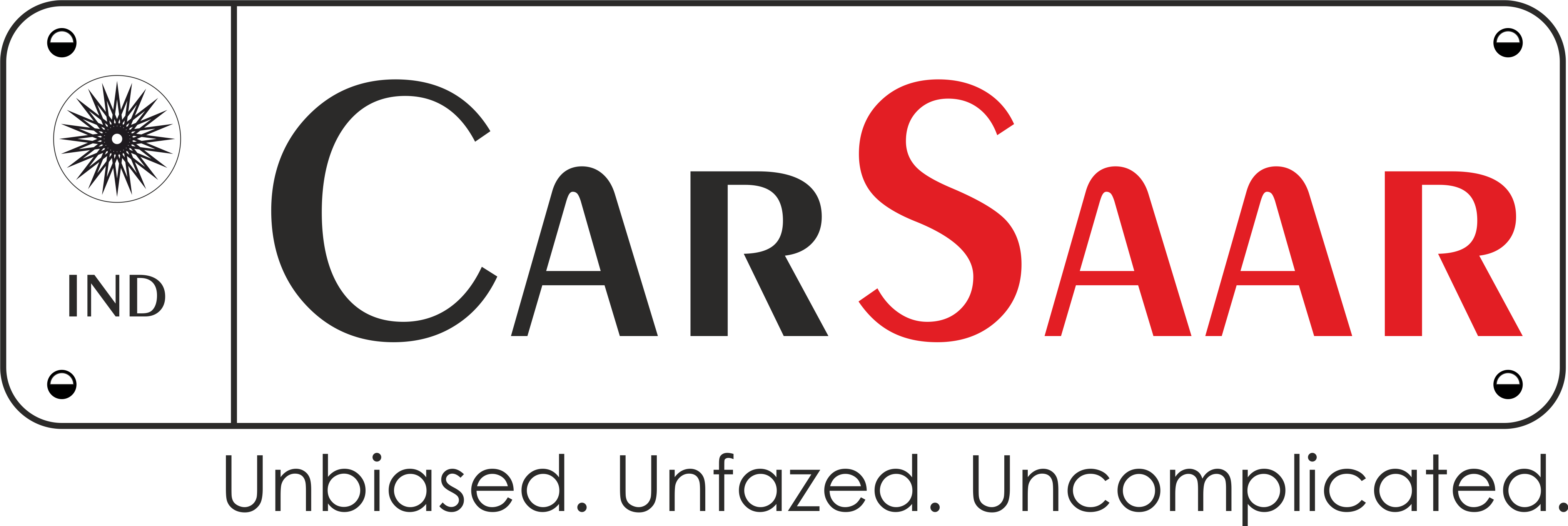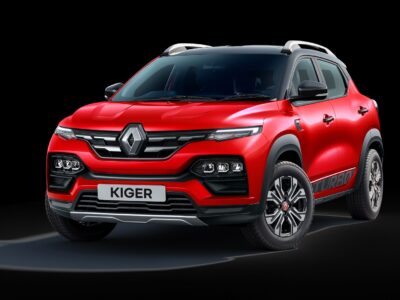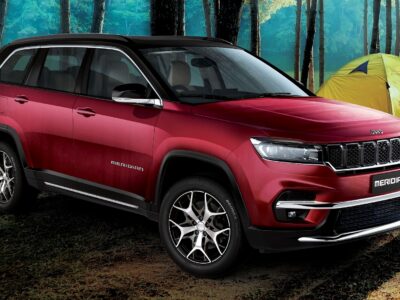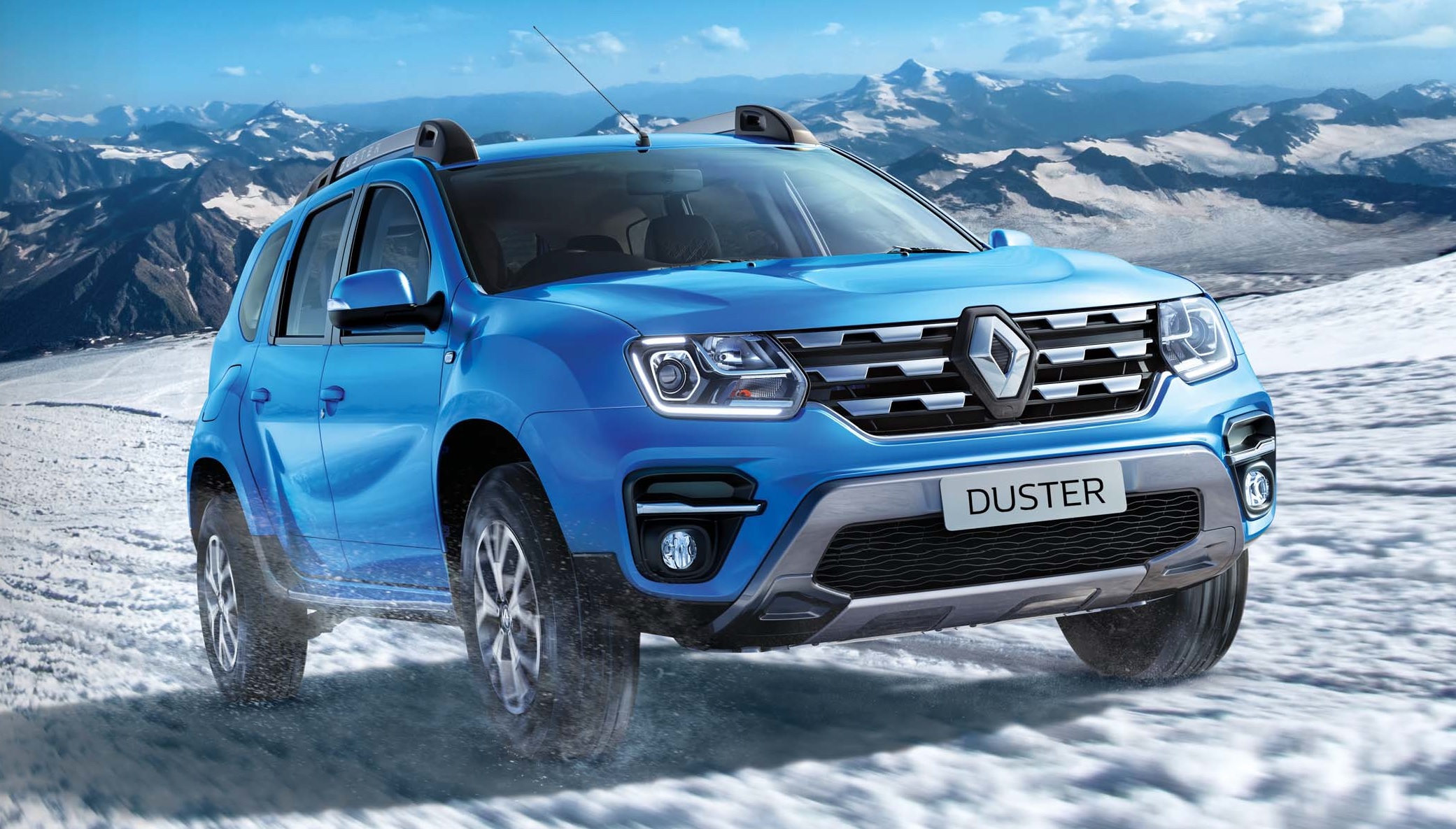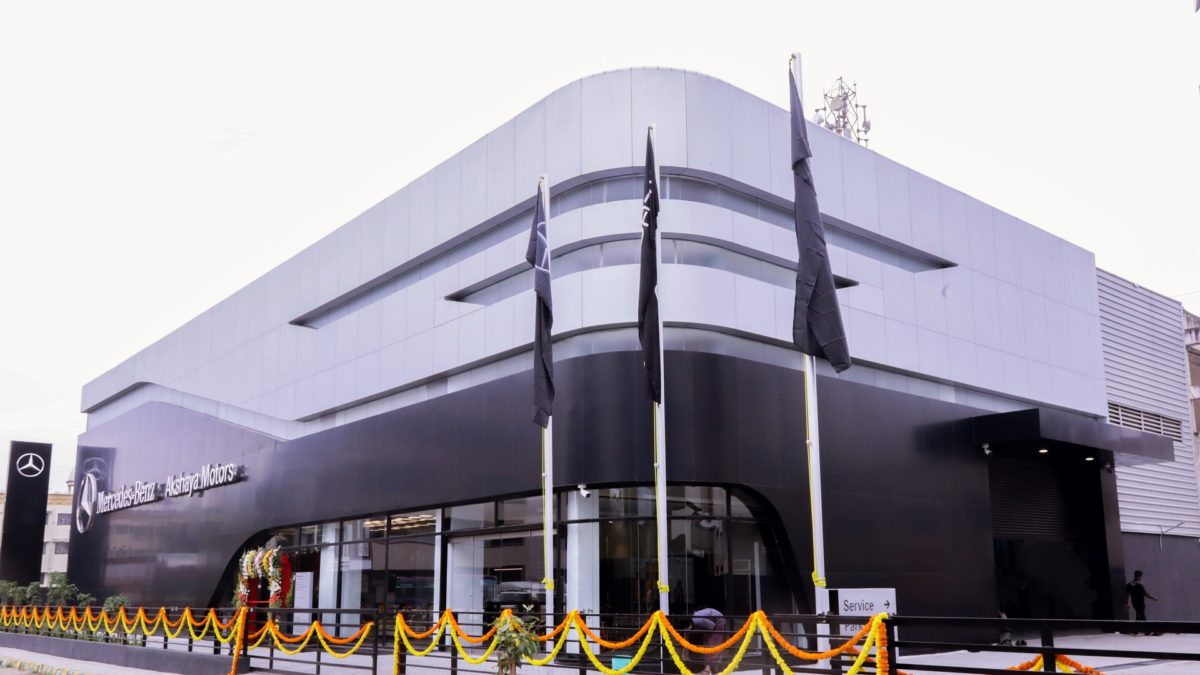The first-gen Renault Captur was introduced in 2013. Since then, the company has sold 1.2 million units of the compact crossover worldwide, with 2,30,000 units retailed last year. In fact, the Captur was well received in its home market, France, and in other markets across Europe. What we see here is the all-new, international-spec Renault Captur.
Into its second generation, the Captur rides on Renault’s modular CMF-B platform. Thanks to that, the new Captur is 110mm longer in length and features a wheelbase that’s 20mm longer than its predecessor. What that means is that there will be more room for stuff inside the cabin. As far as the exterior design is concerned, the Captur looks even funkier than before. The LED-powered lamps at the front and back, complemented by 18-inch alloy wheels, protective cladding all around the lower section and front and rear skid plates make the Captur impossible to ignore.
Like the exterior, the interior is now more eye-catchy than ever before. Behind the multifunction steering wheel is a digital instrument cluster which, depending on the variant, measures 7 or 10.2 inches. The bigger one ropes in the feed for GPS navigation. Riding atop the central section of the groovy, dual-tone dashboard is a portrait-style 9.3-inch touchscreen infotainment system. Apart from handling multimedia tasks, the system is also home to several connectivity features. Another noteworthy feature is the segment-leading 536-litre of boot space. The new Captur is highly customisable too. Renault will offer a total of 90 exterior colour combinations and 18 interior configurations.
When it launches towards the end of the year, the Captur will be available with three engine options – two petrol and one diesel. All three will be paired with dual-clutch automatic transmissions, with power figures ranging between 95PS to 155PS and torque figures between 160Nm to 270Nm. However, the real kicker will come next year. The new Captur will be Renault’s platform to introduce its first-ever plug-in hybrid powertrain. It will be comprised of a 1.6-litre petrol engine and two electric motors, both of which will be fed by a 9.8 kWh battery. Renault claims that the Captur will be able to travel up to 45km, at speeds up to 135kmph, in the pure electric state.
Will it ever come to India? We sure hope so. Why just hope? Well, that’s because the current-gen Captur in India has had a forgettable sales performance till date. Even if Renault India decides to bring the new Captur to our shores, it won’t happen before late 2020. For the time being, the company is focusing on introducing the Duster facelift, and later on, the all-new Triber.

